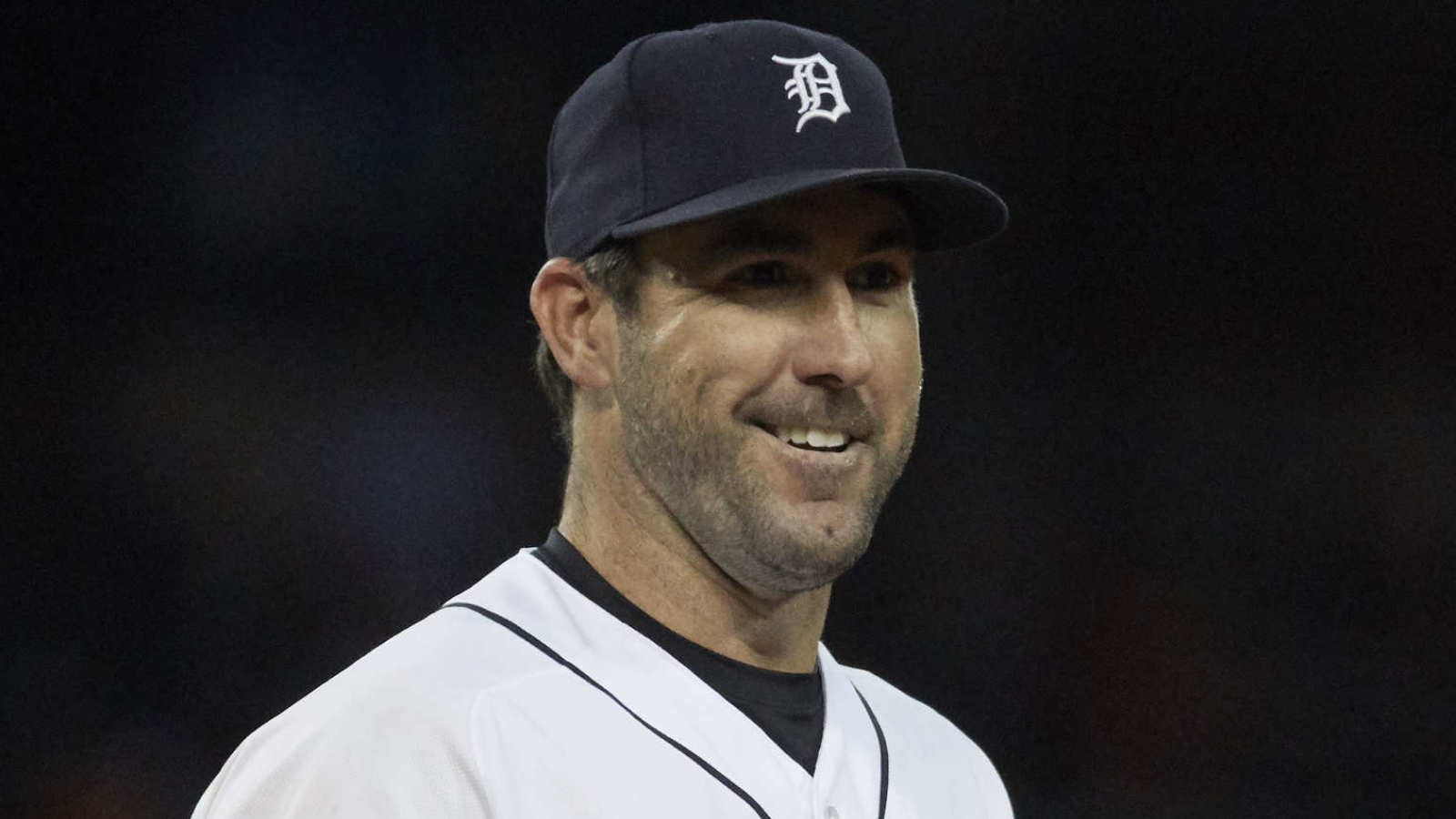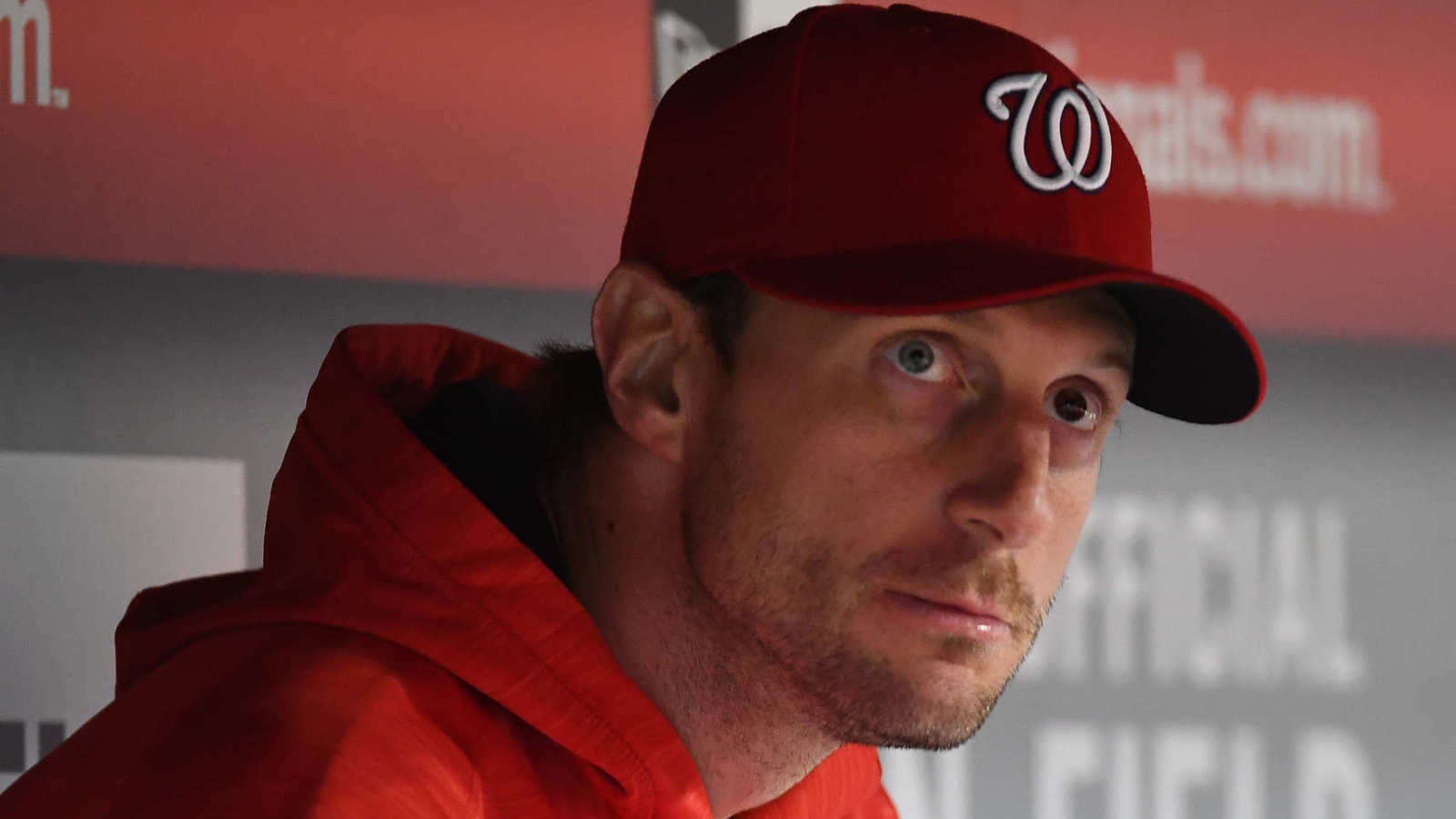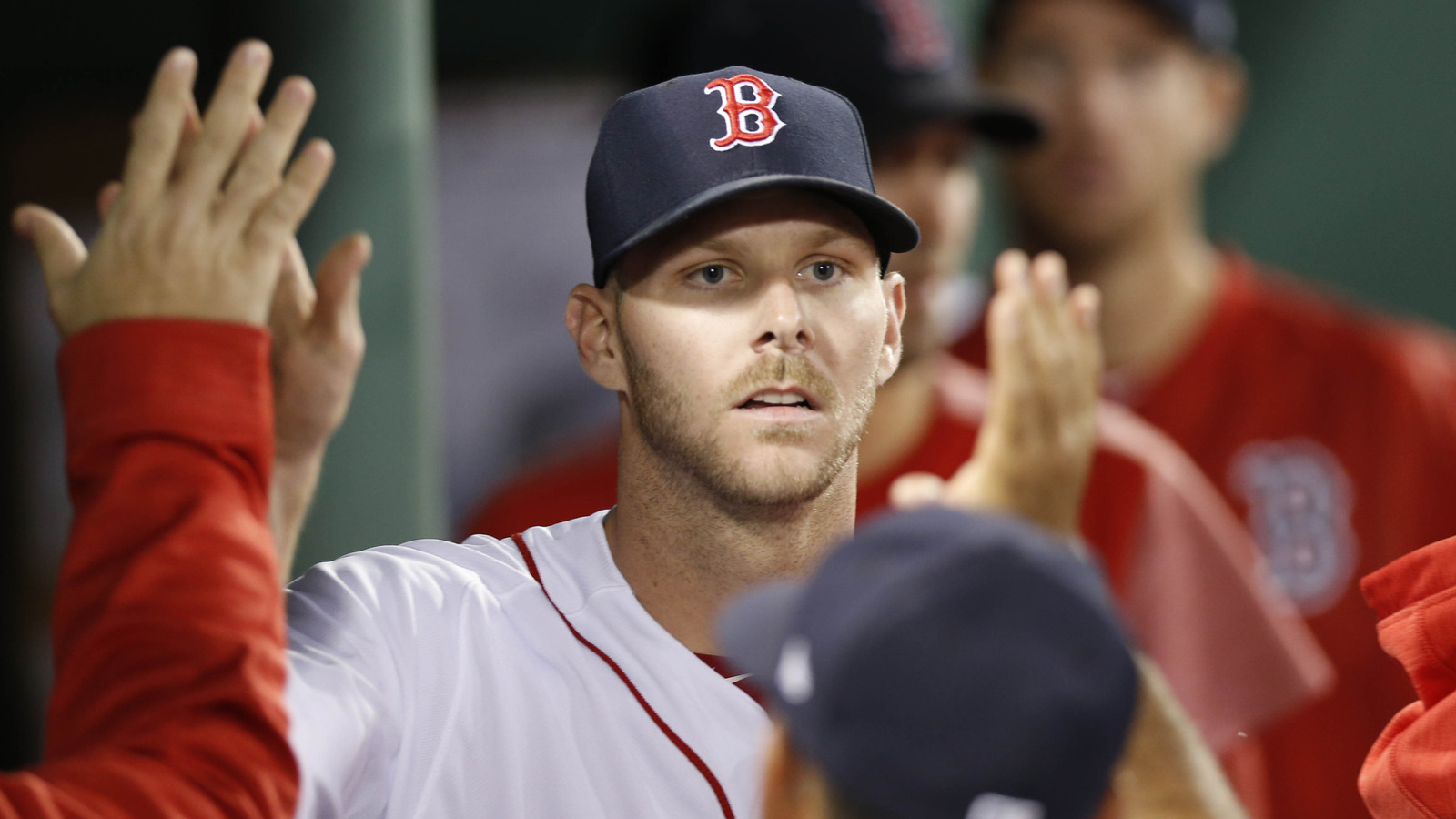
Rewriting the Hall of Fame rubric for today's pitchers
Not so long ago, it was easy to say what makes a Hall of Fame pitcher. 300 wins? Check. 3,000 strikeouts? Check. Mix in a few Cy Young Award wins, a memorable season or two, and maybe some October success, and you’re in there. But the win was the clinching stat; if a pitcher was viewed as a winner, he was considered a Hall of Famer.
However, times are changing, and wins are becoming more elusive for many reasons. Starting pitchers throw less innings than ever before, and therefore their opportunities to get decisions are lower than ever. As wins and other counting stats become more elusive, the opportunity to meet the established Hall of Fame standard does as well.
We have gone so far into dissecting the impact of the pitcher’s role on a ballgame that even the outright value of being credited with wins is debated today. Some pundits eschew the idea, saying it doesn’t tell you enough about the individual pitcher’s impact, favoring it as a representative measure of the team as opposed to a longstanding impact of the player.
However, it's generally accepted that starting pitching is as important in the game as ever. In an era when earnings correlate closer to value evaluation than they ever have, the fact that seven of the 10 highest paid players in the game are starting pitchers proves the industry feels the same way.
Still, without adjustments in judgment and context, the Hall of Fame-worthy pitcher will be a very narrow, exclusionary party of few.
Start with the 300-win mark, which has long stood as the magic number for starting pitching immortality. There are 24 pitchers who have reached this level, but only five have reached it since 1990. A look at the active leaders in career wins reveals there is no player approaching an imminent date with the magical mark of 300. With the three active wins leaders being 44-year-old Bartolo Colon (235), CC Sabathia (230) and John Lackey (181), it is a virtual certainty that there will be no new member of the 300 club within at least the next 10 years, if ever.
As the perception of the value of accredited wins continues to decline, the perception of many pitchers whose careers have existed exclusively since after the dawn of the 1990s as followed suit. Mike Mussina won 270 games over an 18-year career that began in 1991, and as he enters his fifth appearance on the Hall of Fame ballot, Mussina has never garnered more than 51 percent of the vote.
The metrics are changing for what is required, but the reality is there is no one absolute way to judge a pitcher’s greatness. Instead, it will require a blend of equating greatness via lessened traditional standards and adherence to a handful of newer comparative ratio figures. The figures that can best provide a blending guideline today are ERA+, Fielding Independent Pitching, WHIP and strikeouts.
ERA+ functions as a device that finds a harmony between ballpark effect, league and player ERA. It removes the bias that would lean toward the dead ball era ERAs that were created in a game when offense was marginal at best.
Meanwhile, Fielding Independent Pitching — or FIP — gives a more precise idea of a pitcher’s individual impact on the game without depending on other players (i.e., poor fielding teammates, a factor beyond his control).
How about WHIP, which is calculated by combining walks and hits over innings pitched? It is a measure that blends ratio and counting stats in a comfortable manner and shows efficiency in an easy-to-read manner. Toss that in there too, as its prominence continues to rise.
At the same time, as contact continues to drop around the game, the emphasis on the strikeout starter continues to rise. Nine pitchers in history have reached the 3,500 strikeouts, and it appears there will be more on the way. However, it will still be a tough mark to hit due to pitchers tossing less inning. This makes 3,500 a strong candidate for a new "magic number," one more attainable yet still difficult enough to replace 300 wins.
Still, wins shouldn’t be completely disavowed — they just need to be put in a more appropriate context. A new standard in the range of 220 fits better with where the game is headed.
Now, bring them all together: an ERA+ of 130 is an exceptional standard to reside at. Similarly, a 3.50 FIP, which is just higher than what Max Scherzer posted in winning the Cy Young a year ago, is a reasonable mark. Round that off with a 1.20 WHIP, which is a fair level to work within.
Finally, lets not altogether ignore the emphasis that perception that can play in distinguishing legacy. Award-winning sprees will always help shape opinion (no matter what anyone says, winning the Cy Young matters), as will high-profile displays of dominance, such as no-hitters, perfect games and brilliant runs in October.
Who makes the new cut?

Following these standards, what current pitchers are on a pace that could see them end their days in Cooperstown? If anything, Pedro Martinez is the patron saint of new-age Hall of Fame measures. Martinez’s recent induction proved that instantaneous recognition of a player who was undeniably great in his time was possible, even if he did not have all of the magic numbers that others carried. Over the last 50 years, of players who were elected to Hall in their first year of eligibility, Martinez had the second fewest victories of any player who spent his entire career as a starting pitcher, with only Sandy Koufax registering fewer.
However, in every other metric proposed here, Martinez excelled. ERA+: 154. FIP: 2.91. WHIP: 1.05. He came up short in the proposed magic number of strikeouts, registering 3,154, but consider that he also checked the box of incredible dominance era, striking out 1,761 batters while working to an 0.94 WHIP at his peak powers from 1997 to 2003. So yes, Martinez’s wins come up slightly short of what we are looking for, but I think a concession can be made.
With Saint Martinez leading the way (and Roy Halladay's era excellence providing further credence to a revised standard), here is a look at the best candidates to get a call from the Hall today.
Clayton Kershaw
To date: 137 wins, 2,041 strikeouts, 2.60 FIP, 160 ERA+, 1.002 WHIP
The three-time Cy Young winner and 2014 MVP is the exception to most any rule here, as he not only is the easily the best pitcher of his generation, but he is great enough to check in highly among the ranks of the greatest of any era despite the fact he has yet to see his 30th birthday.
Predicting Kershaw’s future is a tough proposition, as it could be as prone to overestimating his longevity as it would be to underestimate the heights he could easily see as well. But Kershaw has earned some benefit of the doubt, so I will assume he could average 16 wins over the next seven years, along with another 1,750 strikeouts. That would put him at around 250 wins and with 3,800 K’s. Add in a few more Cy Young awards and the fact he could pitch another 10 years easily and add on toward the back of his career, and he’s a no-doubter.
Cole Hamels
To date: 138 wins, 2,138 strikeouts, 3.56 FIP, 124 ERA+, 1.164 WHIP
Surprise, surprise: Hamels’ career looks much better in the new light proposed here. Although he likely will not approach 300 wins, he has a legitimate shot at passing 3,000 strikeouts if he performs at just a slightly decreased pace through his age 37 season. Otherwise, the ERA+, WHIP and extra credit points (such as a World Series MVP) are in line.
Justin Verlander
To date: 178 wins, 2,289 strikeouts, 3.46 FIP, 121 ERA+, 1.195 WHIP
Verlander is the rare pitcher in this era who has been able to run up the counting stats in a fashion that is comparable to pitchers of the 1970s and '80s. A post-30th birthday downturn has hurt him, however, as he has won only 26 games since 2015 and seen his four-year FIP rise to 3.60 in ages 31-34 from 3.39 when he was 30 and younger.
At age 34, he is running out of time to build on his hot start as well. If he can average 12 wins over the next four years, he would top 220 victories. If, starting in 2018, he averages 180 strikeouts per year, he’ll exceed 3,300. It will get him in the ballpark and should see him enshrined, albeit barely.

Max Scherzer
To date: 134 wins, 2,032 strikeouts, 3.25 FIP, 126 ERA+, 1.122 WHIP
Scherzer is dominance personified, and the stats prove it. He is on pace to fly past 3,000 strikeouts and could in a way be today’s Pedro. At age 32, he may not run up to the 220-win level, but he should crack 200, keep a low WHIP and see his ERA+ stay at the elite over 130 level over the next few years, long enough to carry him over the 130+ level.
Felix Hernandez
To date: 157 wins, 2,292 strikeouts, 3.32 FIP, 126 ERA+, 1.186 WHIP
All things considered, this should be a cakewalk for King Felix. While he has hit some bumps in the road in recent years, if he just stays steady over the next few years, he’ll easily meet all the required marks — 230 wins and a climb into the 3,500 strikeout range could be just a matter of time.
Jon Lester
To date: 151 wins, 1,958 strikeouts, 3.51 FIP, 123 ERA+, 1.235 WHIP
Lester gives us a chance to revisit the Curt Schilling/Jack Morris theory in how to properly qualify a pitcher whose legacy is aligned with a marriage between his postseason performance (he owns a 1.77 ERA in the fall classic) slightly outweighing his regular-season brilliance. It would take another 70 or so wins to really make an absolute case for Lester, which is hard to believe he’ll do, but the peripherals check all the boxes and the postseason marks (and three World Series wins, to date) work greatly in his favor.
As for the long-term feasibility of this model, for kicks, let’s have a look at a few still establishing their legacies. These players will be great tests for the model that could be fully developed by the time their Hall of Fame eligibility comes due.

Madison Bumgarner
To date: 100 wins, 1,409 strikeouts, 3.11 FIP, 123 ERA+, 1.097 WHIP
Freak dirt bike injuries aside, Bumgarner’s career is on a beeline toward meeting the proposed measures for the Hall. At only 27, he already has 100 victories and nearly 1,500 strikeouts, and he could easily double those marks over the next six seasons. With 200 wins and 3,000 in his mid-30s, along with his legendary postseason endeavors, Mad Bum could coast into the Hall easier than any other pitcher today not named Kershaw.
Chris Sale
To date: 84 wins, 1,399 strikeouts, 2.97 FIP, 138 ERA+, 1.050 WHIP
Perhaps the ultimate test case for examining a player’s career to come under new metrics is Sale, who is dominant in ratio figures but lower in wins to show for it due to his long association with underwhelming White Sox teams (although he already has a pair of hard-earned 17-win seasons). Otherwise, Sale — who is on pace for an incredible 329 Ks this year — could potentially be the preeminent strikeout artist of his generation. With a FIP/WHIP level that is only outdone by (yet again) Kershaw, he is looking more and more the part of a generational arm, especially since he is now free of the shackles of Chicago.
Narrowly miss: Zack Greinke, CC Sabathia, David Price
The goal of Hall of Fame voting should be to offer a correct snapshot of the best players of their era as judged in fair balance with established performance standards — and also what was great in the time period in which they performed. Brilliance in pitching should never be in danger of being overwhelmed by a barometer in the past that can’t possibly be met.
If anything, look at it as lowering the mound in Cooperstown to even things out again. There’s something from the past that we learned to live with over time off the mound, right?
More must-reads:
- Although you have seen this start before, this season is no sequel for the Dodgers
- Getaway Day: Welcome back to the world, AL Central
- The 'Complete game no-hitters' quiz
Breaking News
Customize Your Newsletter
 +
+
Get the latest news and rumors, customized to your favorite sports and teams. Emailed daily. Always free!


